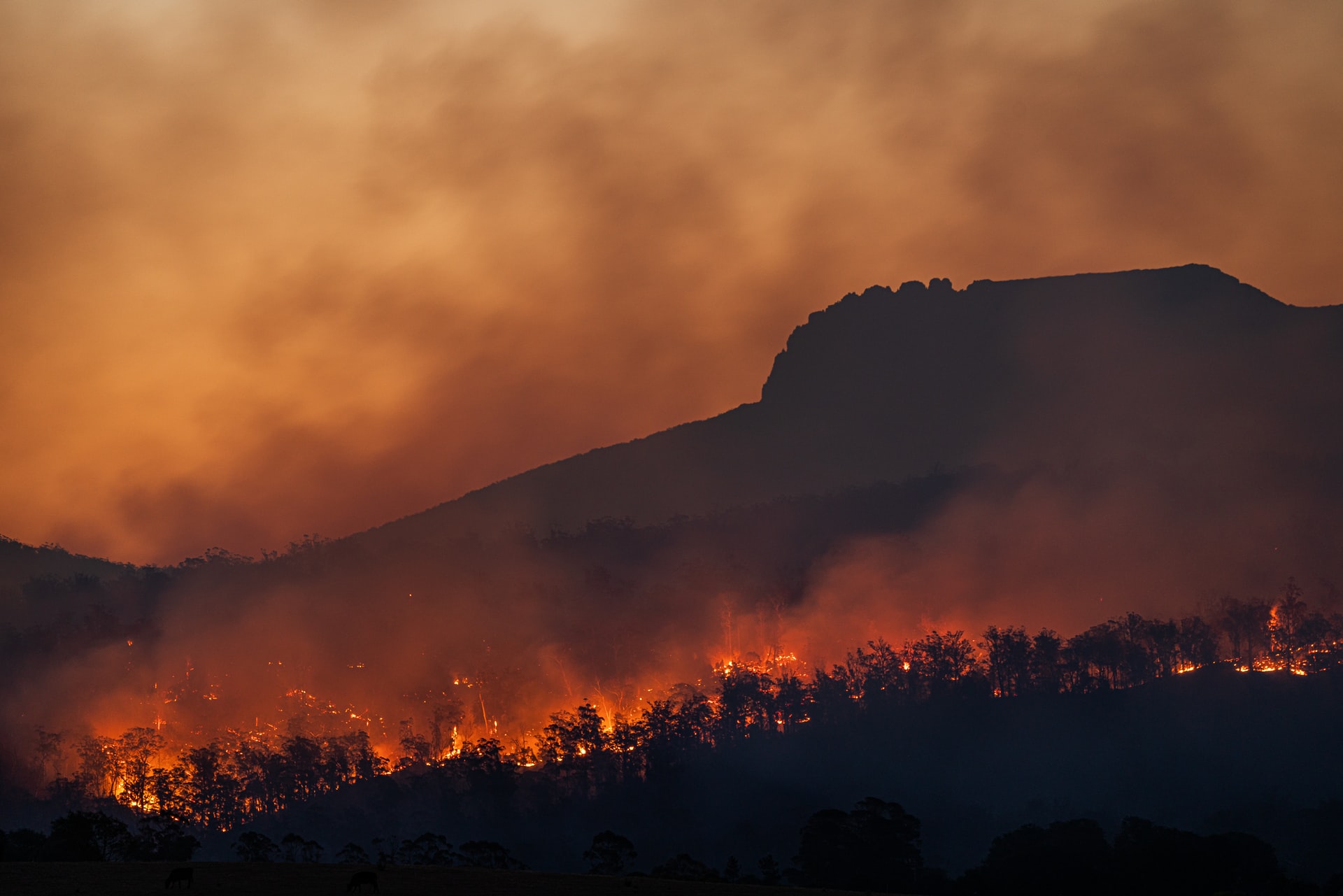Climate change and extreme weather have a well-documented overall impact on multiple aspects of human health and well-being. However, the construction industry and its workers (along with farmworkers) face greater exposure to these hazards than most population segments.
The most recent heatwaves in the Pacific Northwest sent the construction industry a shocking wake-up call on the dangers of extreme heat. With temperatures soaring to 130 degrees in Death Valley, it’s undeniable that now more than ever, rising temperatures create workplace safety issues for construction workers. Between 1992 and 2017 alone, more than 70,000 U.S. workers suffered heat stress injuries. At least 815 died. It stands to reason that with temperatures continuing to rise, deaths and heat stress injuries will also increase.
Without adequate hydration and paid, mandatory breaks in cooler areas, workers are at risk for conditions such as heat exhaustion, heatstroke, and exacerbation of existing chronic diseases. Studies have shown that prolonged dehydration may lead to chronic kidney disease. Furthermore, working in high heat conditions reduces cognitive function, which increases the risk of injury.
Fortunately, California is a national leader in protecting workers from occupational heat illness and injury. State regulations include training and planning and require water, shade, and cool-off breaks for outdoor workers.
At this time, OSHA has established no clear national standards concerning working conditions in extreme heat environments. However, Democrats in the house and senate have introduced a bill requiring OSHA to create and enforce heat safety standards, including access to water, limitations on time working in the heat, paid breaks in cool areas, and emergency response for heat-related illness.
Climate change continues to present challenges that are redefining the entire construction industry. While the primary consideration must be protecting workers from extreme temperatures, contractors and developers must also contend with wildfires, floods, droughts, and sudden violent storms that negatively affect project costs and timelines. Damage and delay due to extreme weather cost the construction industry over a billion dollars annually.
A greater understanding of the risks posed by climate change, as well as thoughtfully constructed contingency plans, will help mitigate the impact of extreme weather on construction projects. For instance, contractors may need to hone their management skills by compressing or expanding work schedules to keep projects safely on track. Managers will need to closely assess their exposure to equipment damage from strong winds or floods and plan to ensure all equipment is secured both on and off-site.

